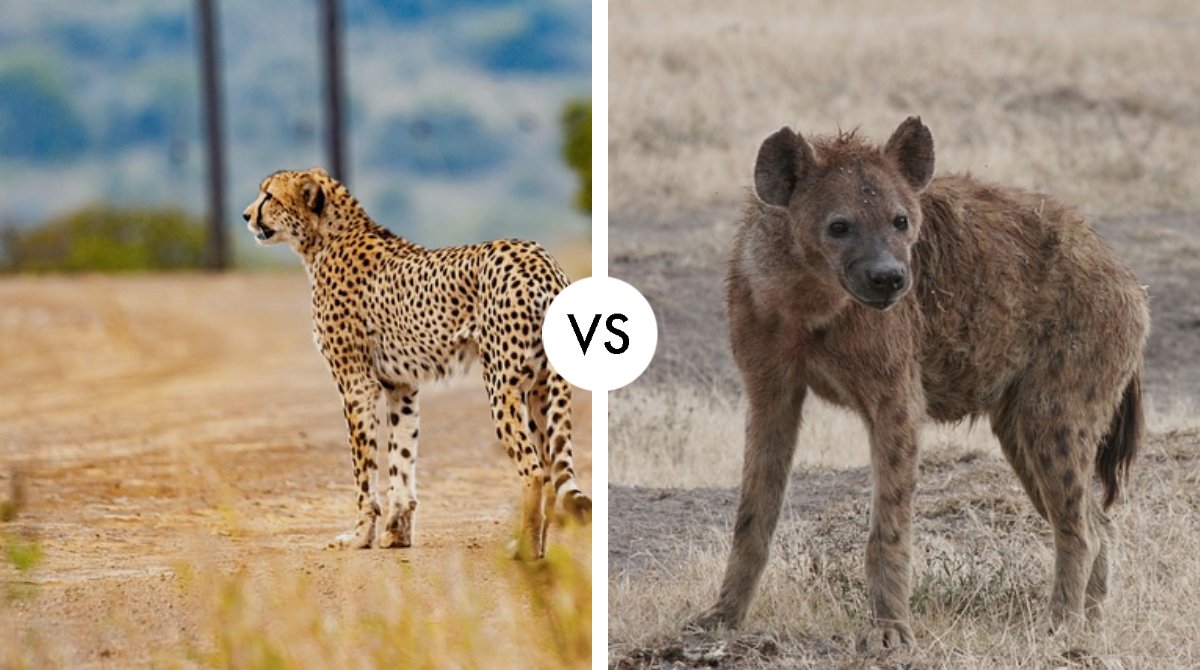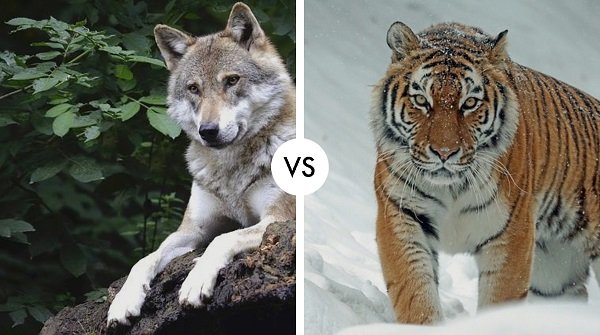Location and Habitat
Otters are fascinating creatures predominantly found in aquatic or semi-aquatic environments across various continents including North America, Europe, and Asia. They inhabit a range of wetland areas such as freshwater rivers, lakes, and coastal regions, where they can be seen frolicking in the water or basking on the riverbanks. Their habitats are intricately linked to the availability of water and an abundant supply of food, which primarily includes fish and small aquatic creatures.
Waterfowl, a broad term that encompasses ducks, geese, and swans, are typically found in freshwater or saltwater environments around the world. These birds are highly adaptable and occupy diverse habitats ranging from Arctic tundra ponds and temperate lakes to tropical wetlands. The specific location often depends on the species, with some waterfowl migrating thousands of miles between breeding and wintering grounds, showcasing their remarkable adaptability to various ecosystems and climatic conditions.
Otter vs. Waterfowl Comparison
| Animal | Size and Weight | Ability to Finish Opponent | Weaponry |
|---|---|---|---|
| Otter | Typically 10-30 lbs (4.5-14 kg), up to 4 feet (1.2 meters) long | Moderate; can use agility and strong jaws | Sharp teeth, strong jaws |
| Waterfowl | Varies widely; from 1 lb (0.45 kg) to over 20 lbs (9 kg) | Low; generally avoids confrontation | Beaks, sometimes webbed feet |
Hunting and Skills
Otters are skilled predators that primarily feed on fish, but they also consume a variety of aquatic organisms including crustaceans, mollusks, and occasionally small mammals and birds. They are adept swimmers and use their agility and dexterity underwater to catch prey, often using rocks as tools to crack open hard shells. Otters have a high metabolism that necessitates frequent eating, and they are known for their playful behavior, which can also serve as a practice for hunting techniques.
Waterfowl, which include ducks, geese, and swans, generally feed on aquatic plants, insects, and small fish, making them primarily prey rather than predators. They are equipped with specialized features like webbed feet for efficient swimming and beaks adapted to filter food from water or mud. To defend against predators, waterfowl rely on their ability to fly, their vigilant behaviors in groups, and their camouflage during nesting. They often face threats from a variety of predators including foxes, large fish, and birds of prey.
Otter vs. Waterfowl Who Would Win?
The otter and the waterfowl start near a water body. The otter uses its agility and speed in water to catch the waterfowl off guard. The waterfowl attempts to escape by flying, but the otter is quick and manages to grab it. The otter’s sharp teeth and strong jaws give it a significant advantage in close combat. The waterfowl struggles but cannot match the otter’s strength and predatory skills.
Winner: Otter with an 80% chance of winning.




